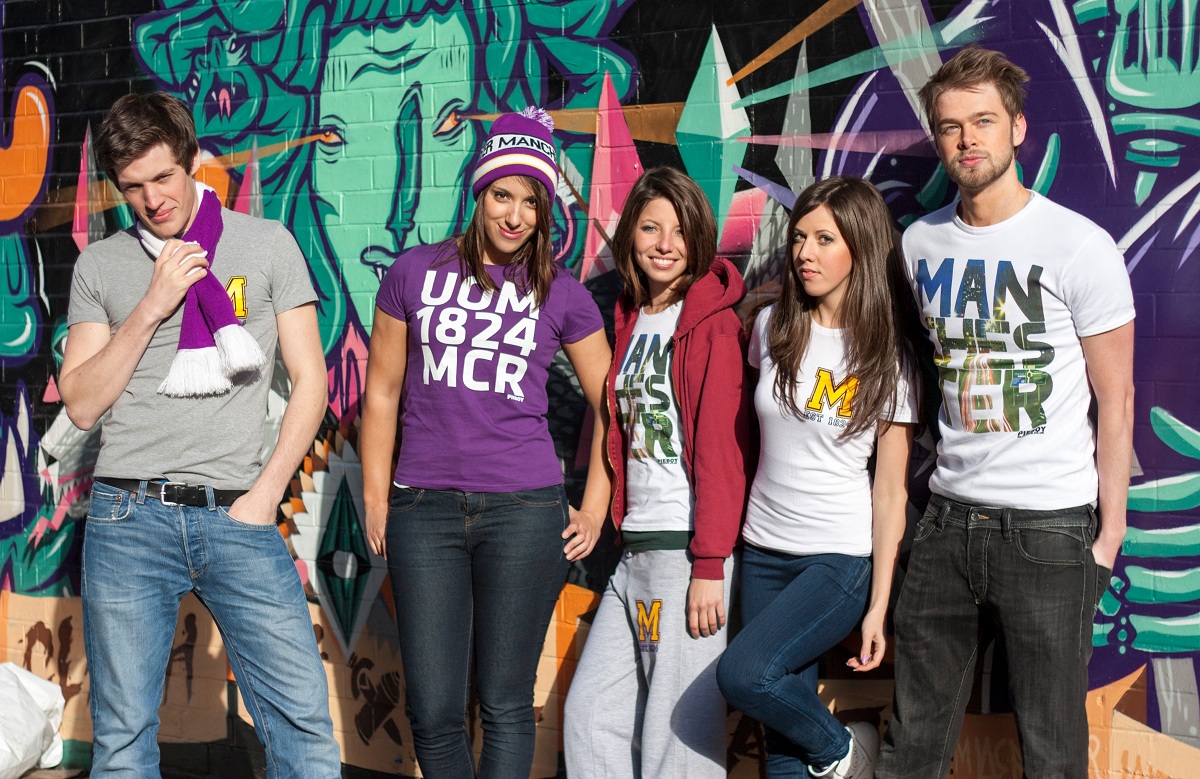From the 90’s until today, our culture have become obsessed with fashion, beauty products, and anything that constitutes material goods. We have become a generation infatuated with Dolce & Gabbana, Jimmy Choo, Louis Vuitton, and almost everything that shouts luxury and modishness in their name tag. The desire to own every “in” thing in the market is commonplace, making the term “shopaholic” a universal language of fashionistas.
It was, however, not only in the fashion world where greedy desires ran widespread. Owning bigger houses with several swimming pools and luxurious high-tech vehicles lined up in the garage was commonplace as well. These craving for better, newer, and classier items pushed the fashion world into a tipping point. As a result, clothing distributors have to rework their strategy in order to meet the increasing demand of customers for better and newer merchandise all the time.
However, the recent economic turndown has hit the fashion industry hard. Unlike food, which is a staple item, clothes and fashion is a luxury that can easily be slashed out from the budget. So, how did the fashion industry overcame such predicament, which uber-fashionistas and shopaholics consider as a great pinch in their lifestyle? By tapping into the fashionista’s desire to covet the newest in the market without maxing out their credit cards.
In 2000, Marc Jacobs created the signature LV bag for Louis Vuitton. These bags were created not for their long-time customers, but to attract new customers. Carrie Pollare had her own way of coping with recession. She created her own line of recession themed jewelry made of recycled materials. A portion of the sales from these jewelries go to charities.
Other small businesses such as wholesale clothing stores and accessory retailers adopted their own strategic approach to stay afloat. Some invested more on in-store marketing rather than spending a large portion of their money on expensive traditional advertising. Others are fussier on investing in new products to cut back on expenses and loss. But most of these small businesses are all posing for discounts from manufacturers as the best way to help reduce loss. All these, however, put great pressure on designers and manufacturers to create more unique products at budget-friendly prices.



